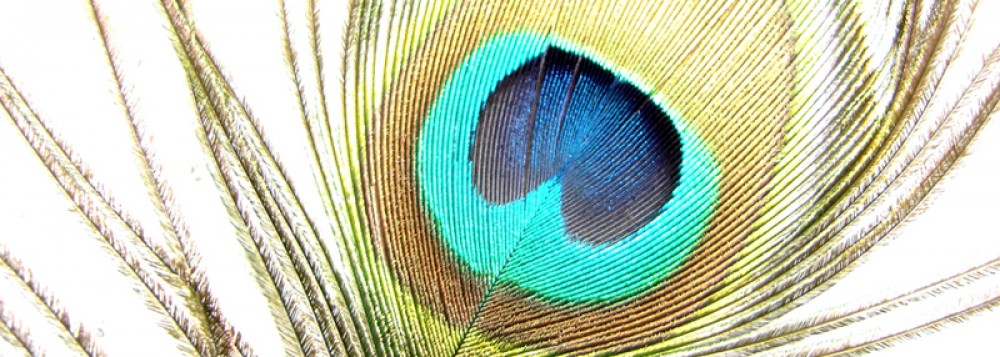India lies within the Indomalaya ecozone and contains three biodiversity hotspots. One of 17 megadiverse countries, it hosts 8.6% of all mammalian, 13.7% of all avian, 7.9% of all reptilian, 6% of all amphibian, 12.2% of all piscine, and 6.0% of all flowering plant species. Endemism is high among plants, 33%, and among ecoregions such as the shola forests. Habitat ranges from the tropical rainforest of the Andaman Islands, Western Ghats, and North-East India to the coniferous forest of the Himalaya. Between these extremes lie the moist deciduous sal forest of eastern India; the dry deciduous teak forest of central and southern India; and the babul-dominated thorn forest of the central Deccan and western Gangetic plain. Under 12% of India’s landmass bears thick jungle. The medicinal neem, widely used in rural Indian herbal remedies, is a key Indian tree. The luxuriant pipal fig tree, shown on the seals of Mohenjo-daro, shaded Gautama Buddha as he sought enlightenment.
Many Indian species descend from taxa originating in Gondwana, from which the Indian plate separated more than 105 million years before present. Peninsular India’s subsequent movement towards and collision with the Laurasian landmass set off a mass exchange of species. Epochal volcanism and climatic changes 20 million years ago forced a mass extinction. Mammals then entered India from Asia through two zoogeographical passes flanking the rising Himalaya. Thus, while 45.8% of reptiles and 55.8% of amphibians are endemic, only 12.6% of mammals and 4.5% of birds are. Among them are the Nilgiri leaf monkey and Beddome’s toad of the Western Ghats. India contains 172 IUCN-designated threatened animal species, or 2.9% of endangered forms. These include the Asiatic lion, the Bengal tiger, and the Indian White-rumped Vulture, which, by ingesting the carrion of diclofenac-laced cattle, nearly went extinct.
The pervasive and ecologically devastating human encroachment of recent decades has critically endangered Indian wildlife. In response the system of national parks and protected areas, first established in 1935, was substantially expanded. In 1972, India enacted the Wildlife Protection Act and Project Tiger to safeguard crucial wilderness; the Forest Conservation Act was enacted in 1980 and amendments added in 1988. India hosts more than five hundred wildlife sanctuaries and thirteen biosphere reserves, four of which are part of the World Network of Biosphere Reserves; twenty-five wetlands are registered under the Ramsar Convention.
The Biological Diversity Act, 2002 was enacted by the Government of India on 5 February 2003. The Act extends to the whole of India and reaffirms the sovereign rights of the country over its biological resources. Subsequently the Government of India published Biological Diversity Rules, 2004 (15 April 2004). The Rules under section 22 states that ‘every local body shall constitute a Biodiversity Management Committee (BMC’s) within its area of jurisdiction’. First BMC of the Ahmednagar districtof Maharashtra was formed in the village Pimpri Gawali.
